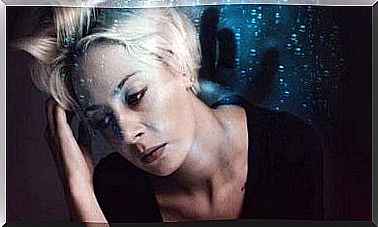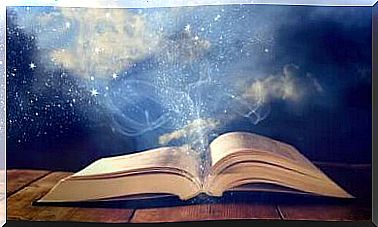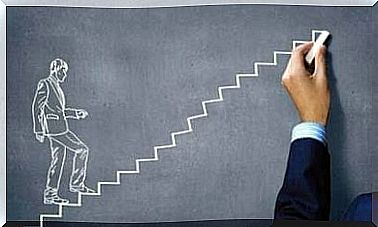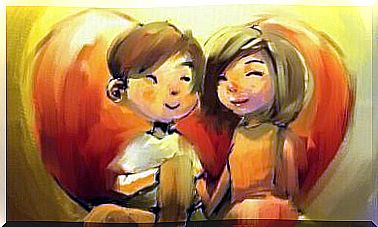Quantum Consciousness: Fascinating Theory
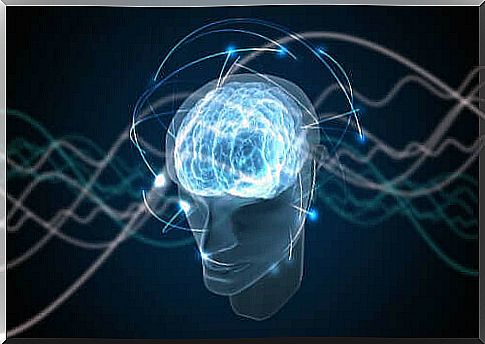
Quantum consciousness theory can be a bit difficult to understand for those unfamiliar with quantum mechanics. A chaotic, but definitely fascinating dimension. Even though many of the hypotheses developed are still in the process of being tested, sufficient knowledge has been acquired on the subject which gives them great respect.
Let’s start by saying that physics experienced great revolutions at the beginning of the 20th century. One of these was the source of inspiration for Albert Einstein’s famous theory of relativity. The latter marked a turning point, but quantum theory has completely transformed the way we perceive the world.
At first, quantum mechanics was intended to explain all those phenomena that happen in the world where everything is extraordinarily small. Step by step, several surprising aspects emerged. From all this comes the theory of quantum consciousness.
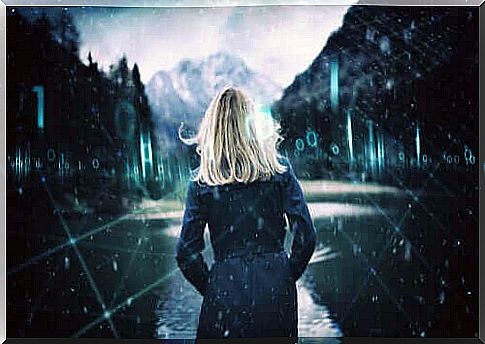
Here’s what the physicists found
When technology made it possible to observe subatomic particles (the ones that make up atoms and are infinitely small), a series of strange phenomena came to light, so to speak.
What did physicists discover? And how do these findings relate to quantum consciousness theory? First of all, let’s talk about the findings :
- Indetermination of the trajectory. When we throw a large object, it follows a predictable trajectory. Subatomic particles, on the other hand, follow an indeterminate trajectory.
- Indetermination of the final impact. If we fire a bullet, we will know where it will end; if we shot a subatomic particle, the direction it would take would be completely unpredictable.
Physicists speculated that perhaps subatomic particles behave this way because they are too small. Factors such as air (or similar) change their trajectory to the point of making it unpredictable. However, a subsequent experiment raised new questions.
The double slit experiment
The double slit experiment or Young’s experiment is the basis of the theory of quantum consciousness. The subject is a bit complicated, but we will try to simplify it as much as possible with the approval of the scientists.
Physicists hypothesized that by minimizing the factors they inferred with trajectory and impact, the “fired” object would behave like a tiny particle, also “fired”. For this purpose, they used two grids, each with two openings; through these openings objects and particles were “fired”.
Without understanding why, the particles ended up forming a well-organized horizontal stripe pattern. Objects, on the other hand, are not. It was also observed that the particles could pass through the two grids at the same time. So, they covered one of the two grids and that’s when they behaved like the fired objects.
Scientists came to the conclusion that particles moved like waves and not like small solid objects. Waves of what? They called them “probability waves”. In essence, it was concluded that the world of what is infinitely small behaves in a different way : it operates according to a logic of its own.
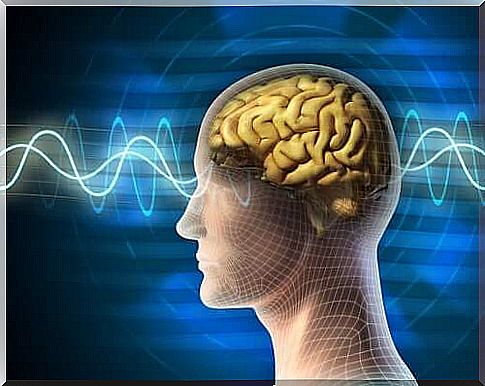
The theory of quantum consciousness
Let’s skip over some important concepts to just say that physicists have been able to recognize that the presence of an observer changes the way subatomic particles behave.
It might seem that nature changes its way of behaving when it is subject to observation. Physicist Pascal Jordan says it with these words: “We ourselves produce the results of the measurements”. In other words, the mere fact of observing reality causes it to change.
That is, we are unable to perceive reality as it is. There is no dimension that we can define as “objective”. We describe and measure what we perceive, but the mere fact of observing something causes it to change. Werner Heisenberg put it this way: “what we observe is not nature itself, but nature exposed to the way we question it”.
This means neither more nor less than in the here and now there is a whole universe full of phenomena that we cannot see, nor hear, nor perceive. To conclude, several physicists have hypothesized that the brain also has quantum behavior.
According to quantum consciousness theory, we are creatures with two eyes, but we would need many more; or we would need special lenses to see what is really going on in so-called reality.



